Cutting metal can be tough if you don’t have the right tool for the job. Choosing the best sawzall blade for metal isn’t just about speed—it’s about getting clean cuts, reducing effort, and prolonging your tool’s life. Whether you're a seasoned contractor or an occasional DIY-er, the right blade makes all the difference.
- 1. Understanding Sawzall Blades for Metal
- 2. Types of Metal and Recommended Sawzall Blades
- 3. Features to Look For in a Metal Sawzall Blade
- 4. Sawzall Blade Safety Tips
- 5. Pro Tips for Clean Metal Cuts
- 6. Factors to Consider When Shopping
- 7. Our Top Sawzall Blade Recommendations for Metal
- 8. Conclusion
Understanding Sawzall Blades for Metal
A sawzall blade, commonly known as a reciprocating saw blade, comes in many varieties. Not all blades are created equal, especially when you need to cut through metal. The wrong blade might deliver jagged edges, wear down quickly, or even break. Let's demystify what makes one blade better for metal than another.

Material Matters
When you're selecting a sawzall blade for metal, pay attention to what the blade is made from. The most common materials include:
- High-Speed Steel (HSS): Known for durability and resisting heat buildup.
- Bi-Metal: Combines HSS teeth with a flexible carbon steel body. Great for heavy-duty metal cutting.
- Carbide-Tipped: Delivers exceptional longevity, even on tough, thick metals.
For most users, a bi-metal option is the top choice due to its balance of performance and value.
TPI: Teeth Per Inch
The teeth per inch (TPI) rating is crucial for metal cutting. Blades with a higher TPI give smoother, slower cuts, while lower TPI blades remove more material quickly. For metal, aim for sawzall blades rated between 14–24 TPI. This range handles everything from thin sheet metal to steel pipes.
Types of Metal and Recommended Sawzall Blades
Not all metalwork is the same. From thin sheet metal to solid steel bars, your choice of sawzall blade will shift accordingly. Let’s explore how to pick the right blade for various metals.

Features to Look For in a Metal Sawzall Blade
Knowing which type of blade to buy is great, but let’s cover core features that matter most for metal projects.
- Length: Blades typically range 4 to 12 inches. Longer blades are better for deep or flush cuts, but short blades offer more control.
- Width and Thickness: Wider, thicker blades resist bending and help with straight cuts in heavy materials.
- Tooth Design: Wavy teeth patterns reduce snagging and keep the cut smooth.
- Coatings: Some blades have anti-friction coatings to minimize heat buildup.
Selecting a blade that combines these features with the right material and TPI increases overall performance. Check out our collection of reciprocating above or here.
Sawzall Blade Safety Tips
Cutting metal isn’t just about picking the blade—it’s about staying safe and getting the best results.
- Eye and Ear Protection: Always wear safety glasses and hearing protection.
- Gloves: Metal shavings can be sharp; gloves help protect your hands.
- Proper Saw Use: Let the blade do the work. Forcing the sawzall blade increases breakage and uneven cuts.
- Secure the Material: Clamp down pipes or metal sheets to prevent dangerous movement.
Always inspect the blade before starting and replace it if you see missing teeth or cracks. Check out this blog to go more into details about staying safe while using a reciprocating saw!

Pro Tips for Clean Metal Cuts
Getting a clean cut with your sawzall blade isn't just about the blade's quality. Here are actionable tips:
- Set your saw to a lower orbital setting (if available) for more control over metal.
- Apply light pressure to minimize blade bend and tooth skipping.
- Lubricate the blade with cutting oil to reduce heat and extend its life, especially on thick or hard metals.
- Check often for blade wear. A dull sawzall blade heats up, slows down your work, and gives rough results.
Blades for Special Applications

Occasionally, you’ll hit unique job requirements:
- Demolition: Use heavy-duty, thicker blades with a low TPI for chunking through metal and wood together.
- Flush Cuts: Flexible, short blades can get close to surfaces without damaging surroundings.
- Embedded Nails/Bolts: Bi-metal or carbide-tipped sawzall blades stand up to accidental encounters with hard fasteners.
Factors to Consider When Shopping
Before you buy, weigh these considerations:
- Project Frequency: Occasional users can get by with multipacks of bi-metal blades. Frequent users may want carbide-tipped for reduced downtime.
- Budget: Spending a bit more upfront for premium blades often leads to smoother work and fewer headaches.
- Saw Compatibility: Most sawzall blades are universal, but double check they're right for your tool.
Look over reviews, check for reputable quality marks, and don’t hesitate to try sample packs if you tackle a wide range of materials.
Our Top Sawzall Blade Recommendations for Metal
With so many choices, where should you start? Here are tried-and-true types many professionals and DIYers rely on:
- Bi-Metal, 14/18–24 TPI: The all-arounder for most metal jobs, balancing life expectancy with performance.
- Carbide-Tipped, 8–14 TPI: Best for thick, tough, or abrasive metals, maintaining sharpness for longer periods.
- Specialty “demolition” blades: Wider, heavier, often bimetal with reinforced teeth for aggressive work.
When chosen with project specifics in mind, these categories of sawzall blade offer consistent, reliable results.
Conclusion
The best sawzall blade for metal is the one tailored to your task, be it thin sheeting or thick, hardened steel. Choose wisely, follow safe practices, and you’ll cut cleanly while extending your tool’s lifespan. Ready to upgrade your cuts? Explore top-rated sawzall blades today for smoother, faster results.

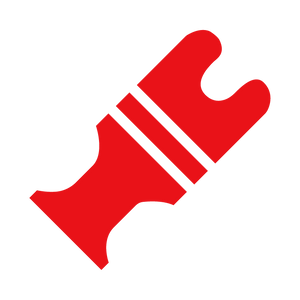 Oscillating Multi-Tool Blades
Oscillating Multi-Tool Blades
 Reciprocating Saw Blades
Reciprocating Saw Blades
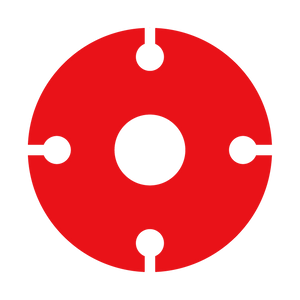 Cutting & Grinding
Cutting & Grinding
 Hole Saw
Hole Saw
 Drilling
Drilling
 Sanding & Polishing
Sanding & Polishing
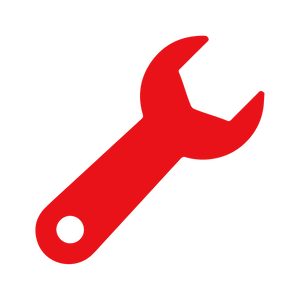 Hand Tools
Hand Tools
 Metal Worker & Fabrication
Metal Worker & Fabrication
 Woodworking & Carpentry
Woodworking & Carpentry
 Electrical & Plumbing
Electrical & Plumbing
 Automotive
Automotive
 Concrete & Masonry
Concrete & Masonry
 Demolition
Demolition
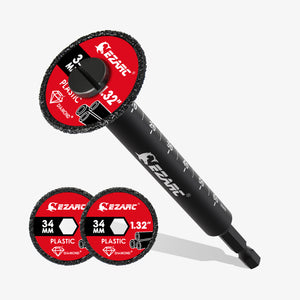 NEW ARRIVALS
NEW ARRIVALS


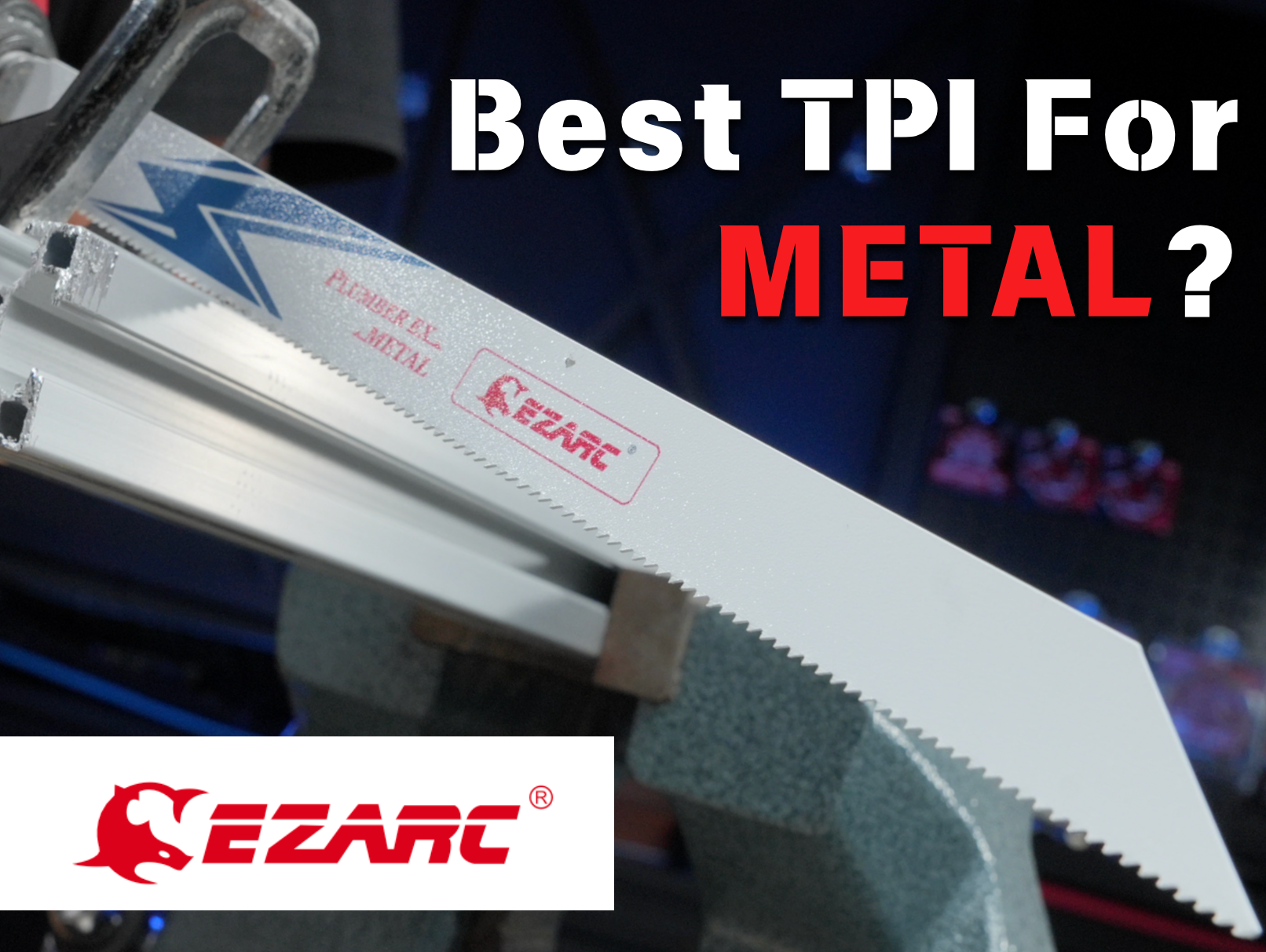
发表评论
此站点受 hCaptcha 保护,并且 hCaptcha 隐私政策和服务条款适用。